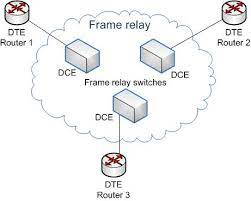DC vs. PWM Fans: Which Is Better to Cool Your PC?

When it comes to keeping your PC cool, you have two options for fan types: DC or PWM. Both options have their advantages and disadvantages, and choosing the right one is crucial for the longevity and performance of your computer.
DC Fans:
DC fans are simple and have been around for years. They operate at a constant voltage, which means that they run at the same speed no matter the temperature of your PC. These fans are easy to control and can be adjusted by a simple voltage reduction.
One of the advantages of DC fans is their low cost when compared to PWM fans. They often come with a lower price tag, making them a popular choice for those on a budget.
However, DC fans have limited control over their speed, making them less efficient in certain situations. For instance, if your PC is running cool, the DC fan may still run at full speed and create unnecessary noise.
PWM Fans:
PWM (Pulse Width Modulation) fans, on the other hand, are more advanced and efficient than their DC counterparts. These fans have a microcontroller that adjusts the speed based on the temperature of your PC, making them more precise in cooling your system.
PWM fans work by using variable voltage instead of constant voltage, providing more control over the fan speed. They also use less power, creating less heat, which saves energy and makes them more sustainable.
Although PWM fans are pricier than DC fans, the savings in the long run justify the additional cost. They are more efficient and accurate in cooling your PC and are quieter than DC fans.
So, Which Is Better?
Both DC and PWM fans have their advantages and disadvantages, and the choice ultimately comes down to your needs and preferences. If you’re on a budget and looking for simplicity, DC fans are an excellent choice. But, if you’re looking for more control and efficiency, PWM fans are the way to go.





